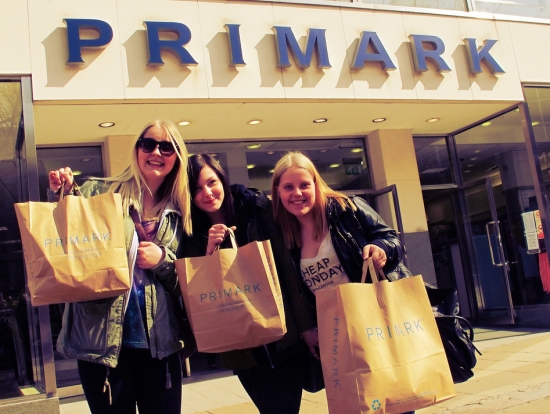During the recession the appeal for larger, more expensive fashion houses waned as consumers sought clothing which both looked good and adhered to a strict budget. This meant that, while brands such as Mulberry and Burberry struggled to meet sales targets, bargain high street favourites such as H&M and Primark benefited from increased footfall and profits.

However, the end of the recession did not put an end to this sales boom, with consumers largely remaining loyal and simply increasing their spending on the high street. This trend has greatly helped Primark owner Associated British Foods in posting hugely successful results for the past year of trading.
According to the group its second half operating profit trounced expectations because of “a strong finish to the year” from Primark, which is expected to post a 22 per cent increase in sales since its last annual results. Furthermore, Associated British Foods expects a rise of 5 per cent in like for like sales, although this will not be confirmed until the end of the financial year on September 14th.
In a statement, Associated British Foods expressed the belief that the beautiful summer weather played a large part in getting the second half off to a good start.
It said; “Operating profit margin in the first half was higher than last year reflecting the benefit of lower cotton prices and lower markdowns.
“The strong trading over the summer also resulted in lower markdowns and the second half margin will now be in line with the first half, beating our expectations.”
As a result of high consumer demand, Primark was able to open a further 16 shops during the financial year, bringing its total to 257– or, in terms of floor space, a mammoth nine million square feet of commercial property. However, the group remains committed to further expansion, with more than a million square feet of floor space in the pipeline for the coming year.
Several stores are also expected in the next few months in order to capitalise on the opportunities offered by the Christmas 2013 trading period. One of these will be located in Marseille, France, and will become Primark’s first store in the country.
Primark certainly appears to be the jewel in Associated British Food’s crown, with other areas of business affected by poor crop harvests due to heavy rain last summer. Fortunately, with grocery and agriculture revenues remaining stable, the group is expected to announce a significant drop in net debt, with experts predicting a fall from £1.1 billion to £900 million in one year alone.
While Associated British Foods will not publish its full-year report until November 5th, there seems to be little doubt that it will contain excellent annual results. And with Primark remaining a firm favourite on the high street, it seems the future is bright for this retail giant.
Do you think the appeal of Primark will continue after inflation falls and consumers can afford to spend in earnest again, or are the low prices no match for the offerings from more established quality brands?
Previous Post
Government Proposes Specialist Planning Court